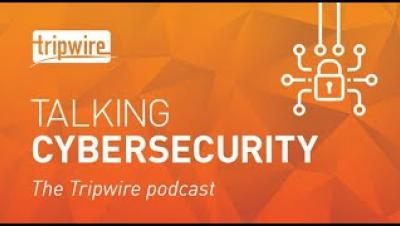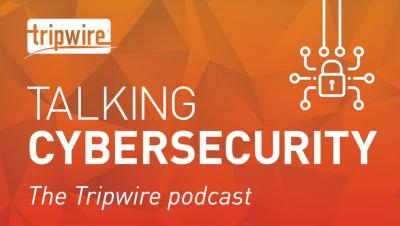Save the Embarrassment: The Value of Two-Factor Authentication on Social Media
These days, it’s not a matter if your password will be breached but when. Major websites experience massive data breaches at an alarming rate. Have I Been Pwned currently has records from 543 sites comprising 11.4 billion accounts. This includes well-known names like Wattpad, MySpace, and Facebook. This is an 84% increase in the number of sites and a 115% increase in the number of accounts from when I published the first version of this article in 2018.




